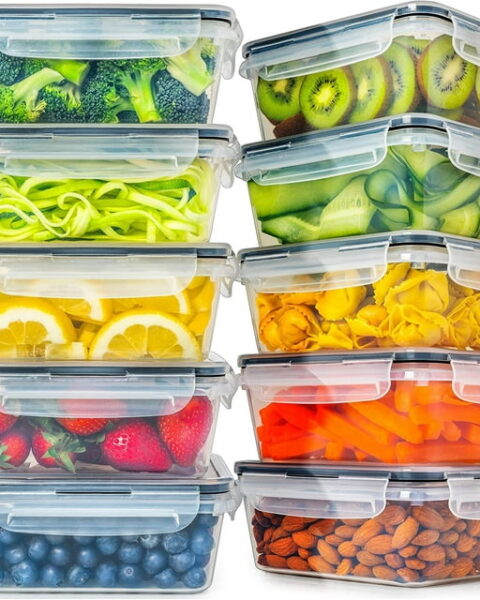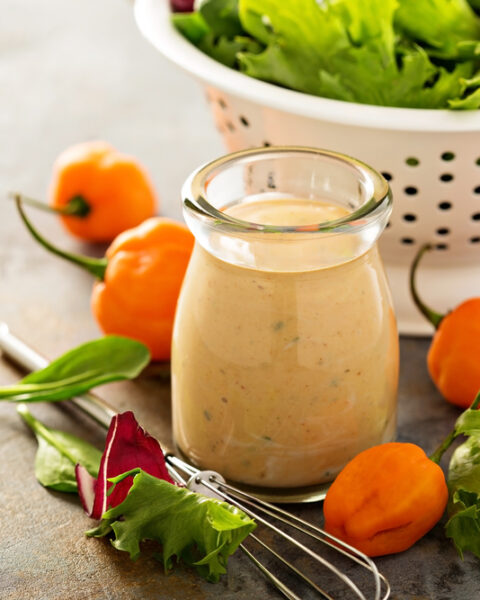Getting enough calcium is important, but not everyone wants to rely on dairy for their daily intake. Luckily, there are plenty of non-dairy foods that can provide just as much, if not more, calcium than traditional sources like milk and cheese. These foods are easy to include in your diet and offer a variety of other health benefits too. You might be surprised by how many options there are, from leafy greens to seeds and even some unexpected treats. Here’s a closer look at some calcium-packed, non-dairy foods that can help keep your bones strong and healthy.
Contents
Chia Seeds
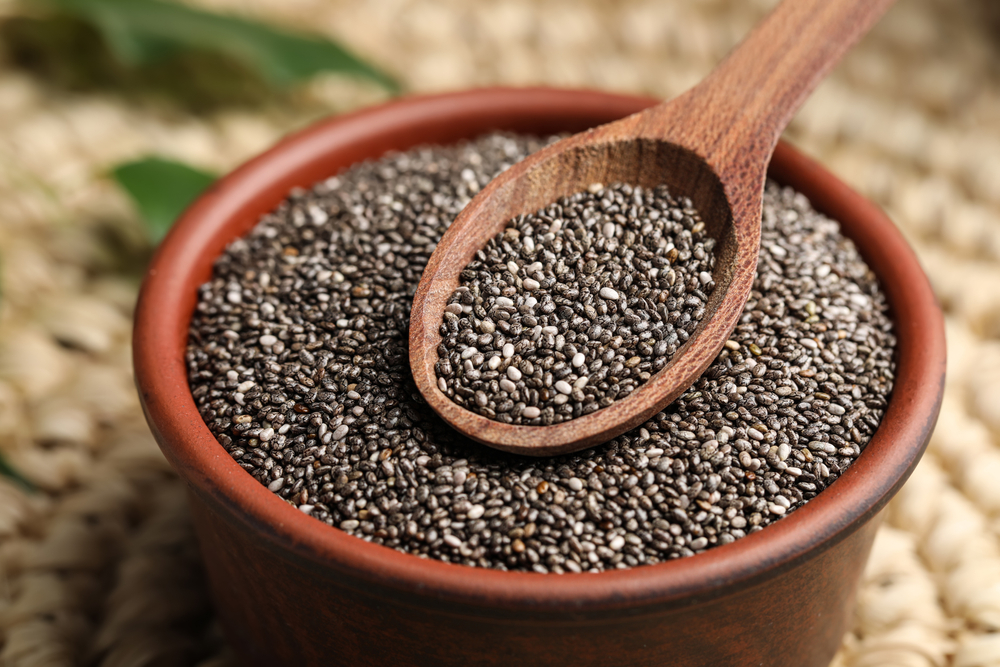
Chia seeds are small, but they pack a punch in terms of calcium content. Just two tablespoons can provide around 179 milligrams of calcium, making them an excellent plant-based option. Beyond calcium, chia seeds are rich in omega-3 fatty acids, which are beneficial for heart health. When mixed with liquids, chia seeds form a gel-like texture that can be added to smoothies, puddings, and oatmeal. These seeds also provide fiber, which aids digestion and overall gut health. Their versatility and nutritional density make them a top choice for non-dairy calcium sources.
Almonds
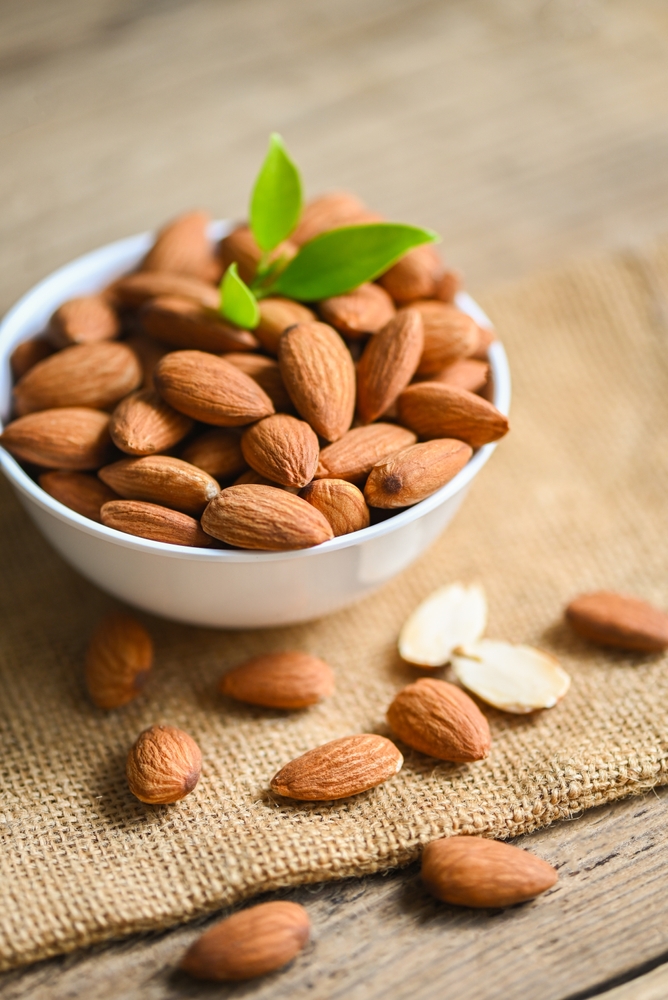
Almonds are not only a popular snack but also a great source of calcium. A one-ounce serving provides about 76 milligrams of calcium. Besides calcium, almonds are packed with healthy fats, protein, and magnesium. Incorporating almonds into your diet can support bone health, and their crunch makes them a delightful addition to salads or as a snack. Almond butter is another way to enjoy the nut’s benefits, spreading it on toast or adding it to smoothies. They’re easy to incorporate into both sweet and savory dishes.
Tofu
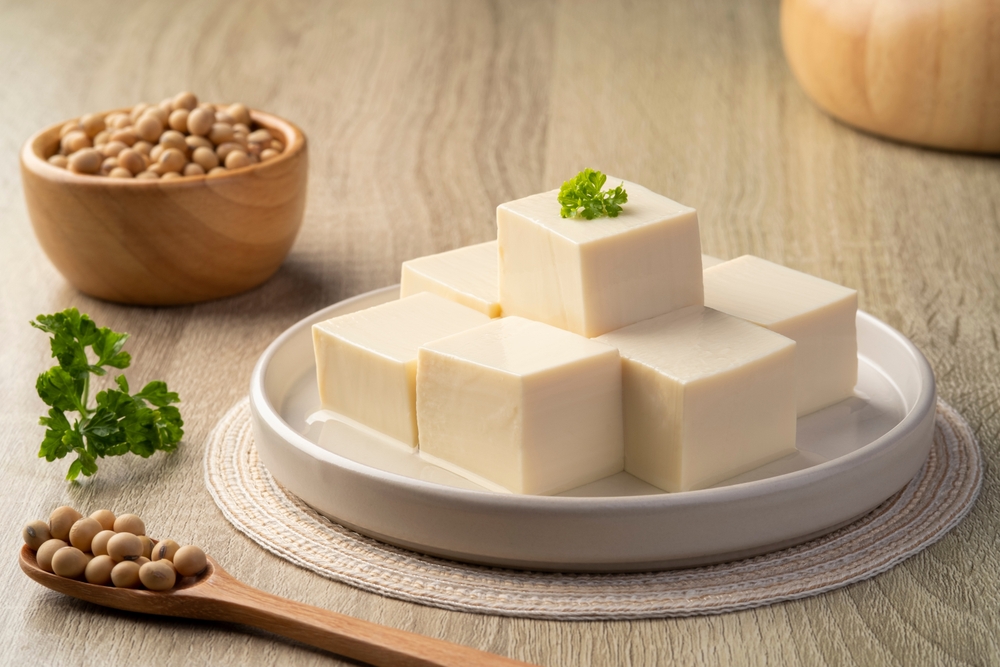
Tofu, especially calcium-set tofu, is a rich source of calcium. A half-cup serving of tofu contains about 861 milligrams of calcium, depending on the brand. Tofu is made from soybeans and is naturally high in plant-based protein, making it an excellent food for those following vegan or vegetarian diets. It’s also very versatile, easily absorbing the flavors of marinades and seasonings. Cooking tofu can involve stir-frying, grilling, or baking, which makes it suitable for a variety of cuisines. It is an affordable and easy way to meet calcium needs without dairy.
Dried Figs
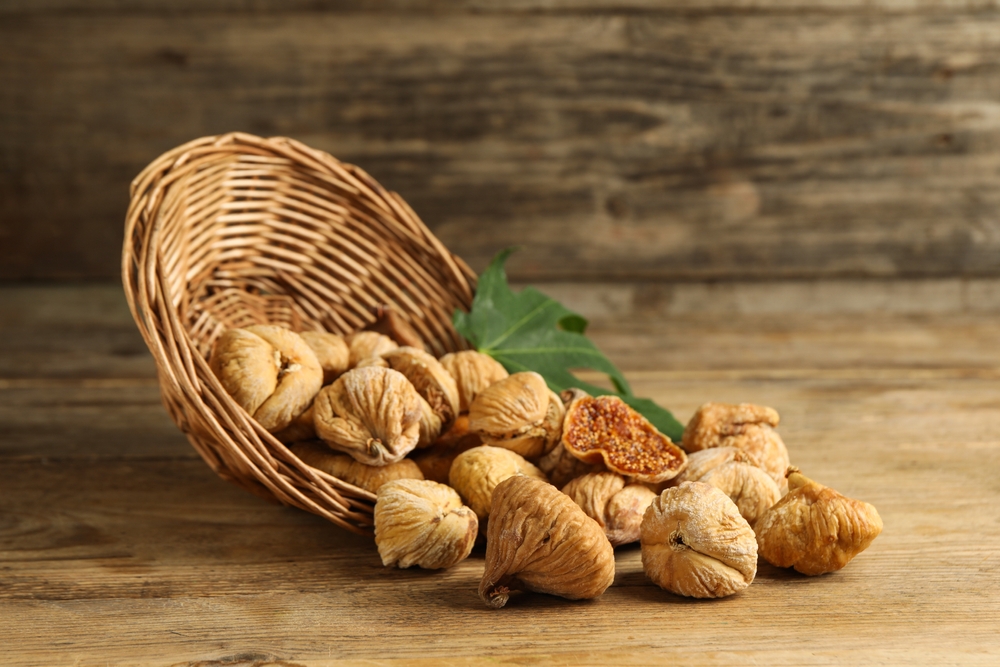
Dried figs are an underrated source of calcium, offering 241 milligrams per cup. They are a sweet, chewy snack and a great way to boost calcium intake on the go. Figs are also rich in fiber and antioxidants, which support digestion and cellular health. Adding dried figs to oatmeal, yogurt, or salads can enhance both flavor and nutrition. Moreover, they are a convenient snack for those with busy lifestyles or anyone looking for a quick source of energy. They are a natural sweet treat that delivers both taste and nutrients.
White Beans
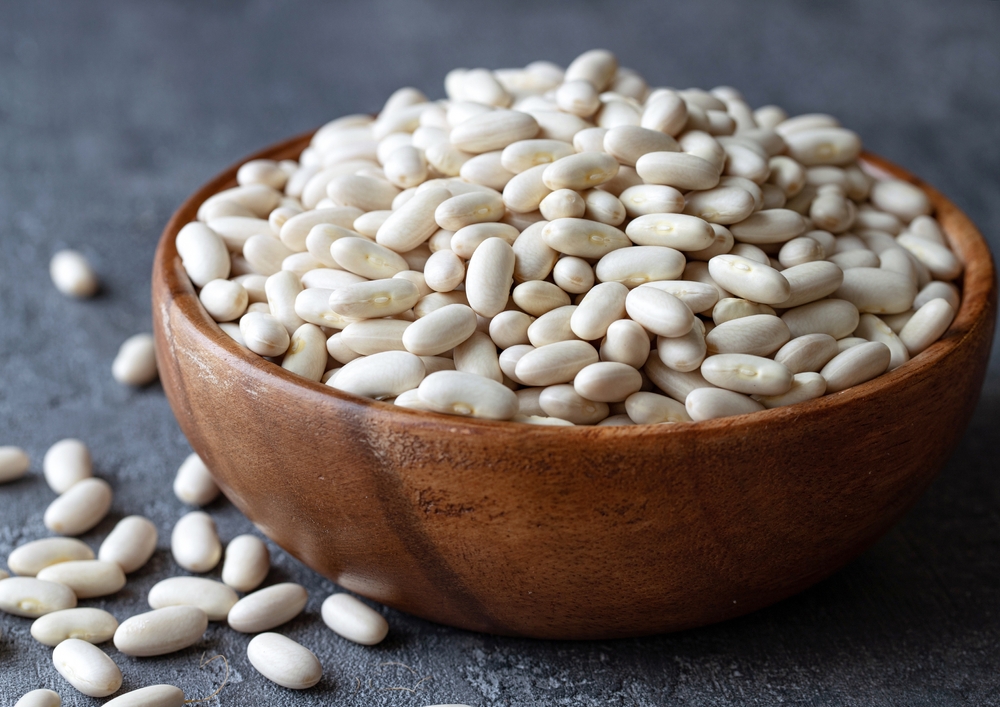
White beans, including varieties like navy beans or great northern beans, are a powerhouse of nutrition. One cup of cooked white beans contains about 161 milligrams of calcium. They also offer a substantial amount of fiber, protein, and iron, making them a nutrient-dense food choice. White beans can be incorporated into soups, stews, or salads, adding a creamy texture and a boost of nutrients. For those looking to lower cholesterol, the soluble fiber in white beans can be particularly beneficial. Their mild flavor also makes them versatile in different culinary preparations.
Broccoli
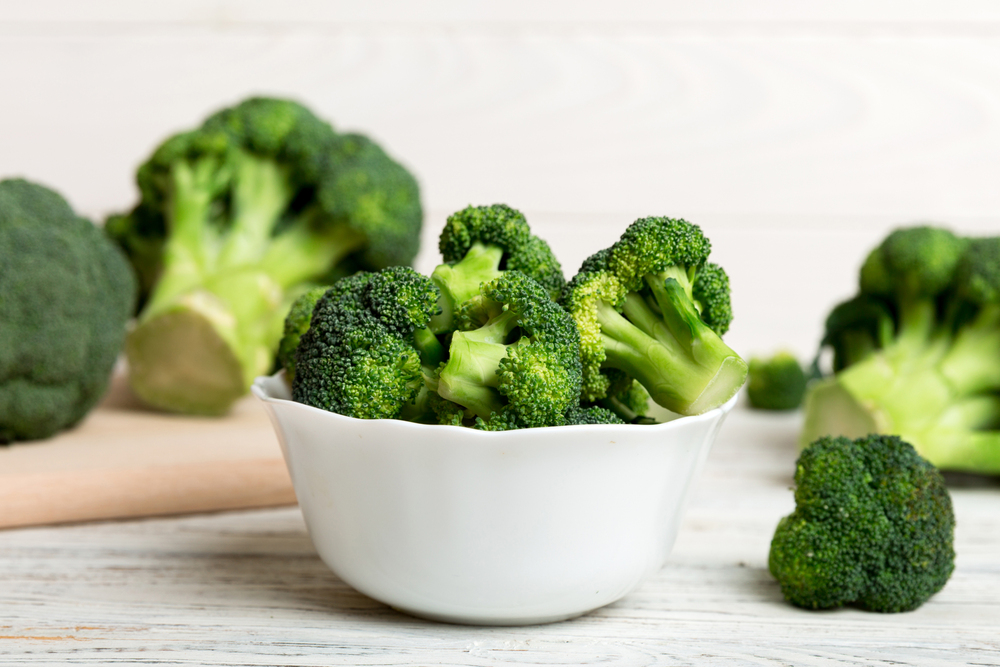
Broccoli is a well-known vegetable, but many may not realize its calcium content. A cup of cooked broccoli provides about 62 milligrams of calcium. Besides calcium, broccoli is rich in vitamin K, vitamin C, and antioxidants, which all support bone and immune health. Incorporating broccoli into meals is easy, whether roasted, steamed, or added to stir-fries. It’s also low in calories, making it an excellent food for those watching their weight while still wanting to boost their calcium intake. The health benefits of broccoli go far beyond its calcium content.
Kale

Kale is a leafy green vegetable that’s often hailed for its high nutrient content. A cup of cooked kale contains around 177 milligrams of calcium. Along with calcium, kale provides a significant amount of vitamin K, which is crucial for bone health and blood clotting. Its versatility allows it to be used in salads, smoothies, and stir-fries. Kale is also rich in antioxidants, helping to protect the body from oxidative stress and inflammation. Whether eaten raw or cooked, it’s a fantastic option for those looking to improve their calcium intake without dairy.
Sesame Seeds
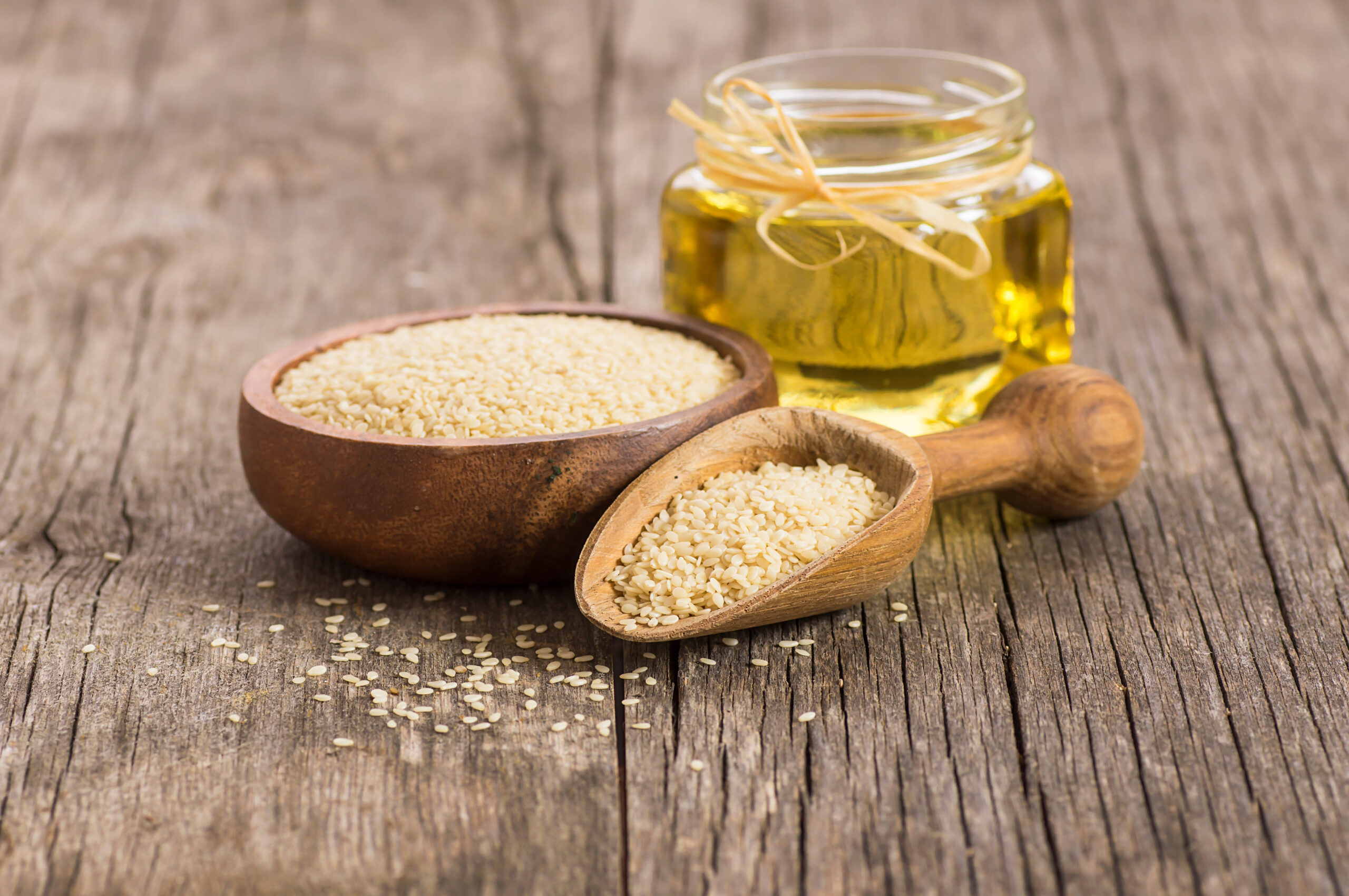
Sesame seeds, whether eaten whole or as tahini (a paste made from the seeds), are a great source of calcium. One tablespoon of sesame seeds provides about 88 milligrams of calcium. These tiny seeds are also rich in magnesium, iron, and healthy fats, all of which contribute to overall health. Sesame seeds can be sprinkled on salads, stir-fries, or incorporated into homemade bread. Tahini, made from ground sesame seeds, is commonly used in Middle Eastern dishes like hummus. The seeds add a subtle nutty flavor while boosting nutritional content.
Edamame
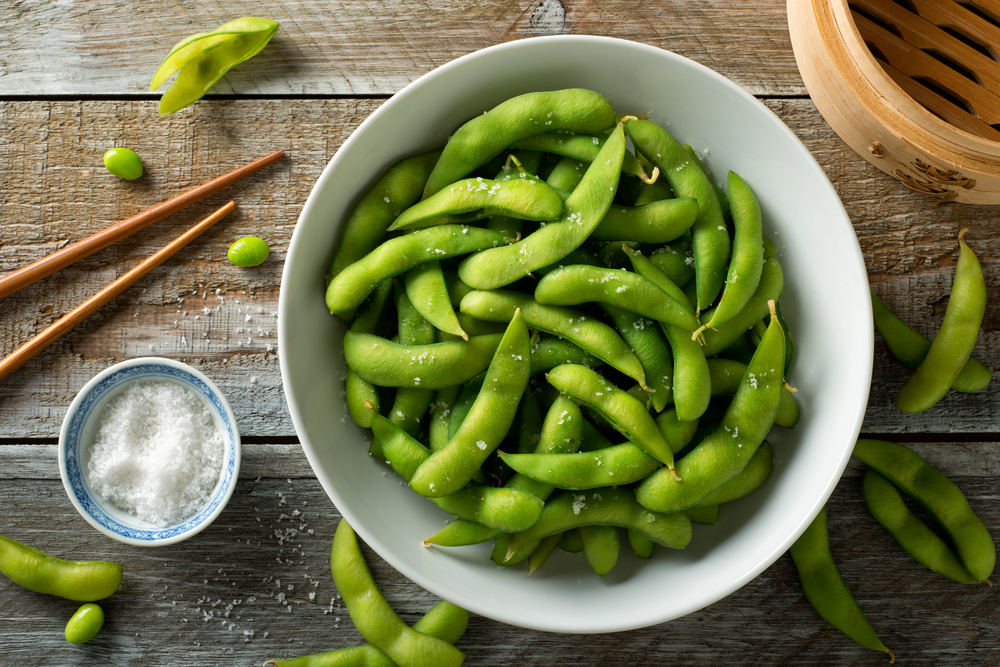
Edamame, or young soybeans, are another plant-based source of calcium, with one cup of cooked edamame providing about 98 milligrams of calcium. These soybeans are also packed with protein, making them a perfect snack or addition to meals for vegetarians and vegans. Edamame can be steamed and eaten on its own with a sprinkle of salt, or it can be tossed into salads, stir-fries, or rice dishes. Additionally, edamame is a source of fiber, aiding digestion and helping to manage cholesterol levels. It’s both nutritious and satisfying.
Collard Greens
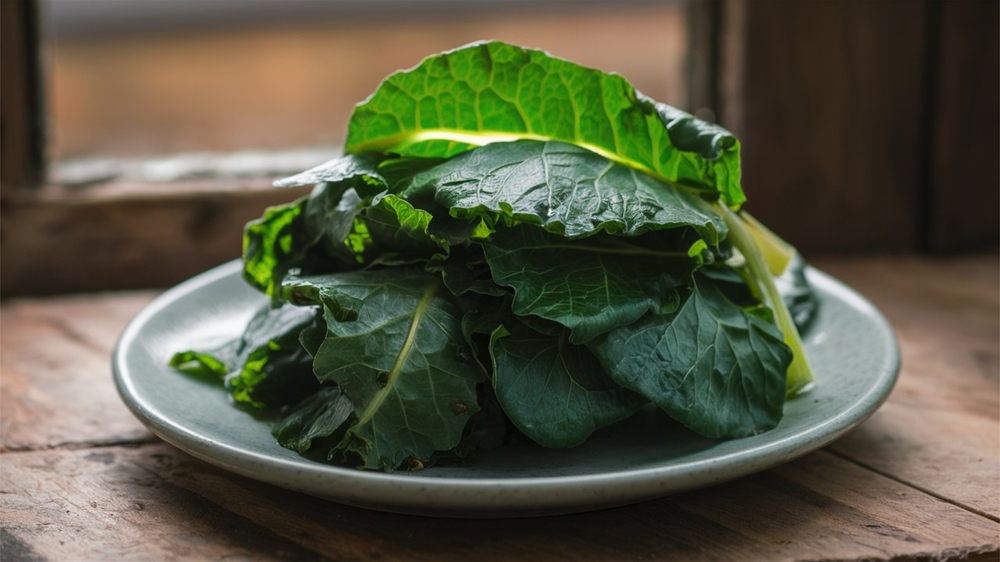
Collard greens are leafy vegetables commonly used in Southern cuisine, and they are rich in calcium. One cup of cooked collard greens offers about 266 milligrams of calcium, which is more than a glass of milk. Collard greens also provide significant amounts of vitamin K and fiber, supporting bone health and digestion. When cooked, they have a slightly bitter but robust flavor, making them a hearty side dish. These greens can be sautéed with garlic and olive oil for a simple, nutrient-dense dish. They’re a great option for those looking to increase calcium intake naturally.
Bok Choy
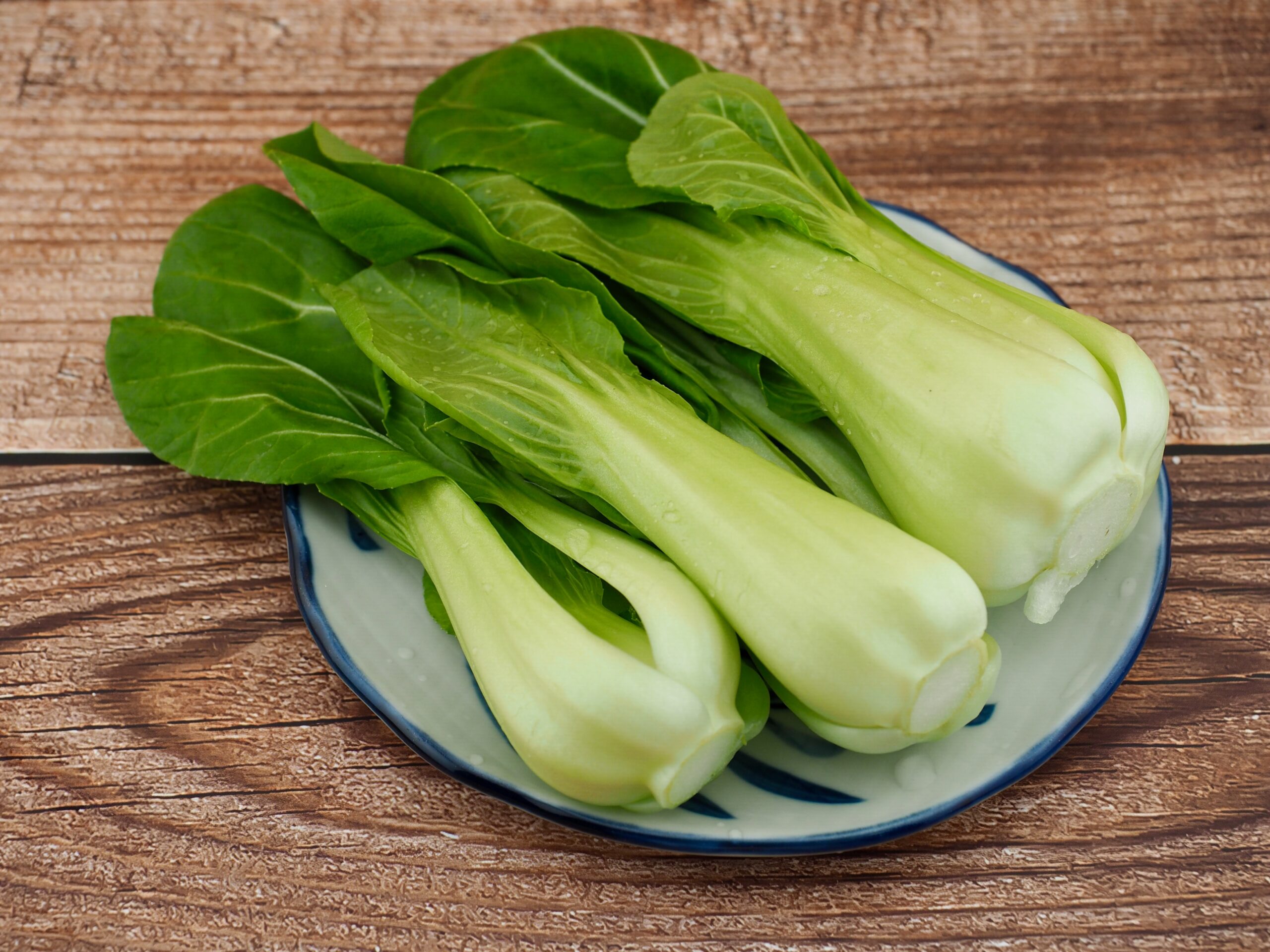
Bok choy, also known as Chinese cabbage, is a leafy green vegetable packed with calcium. A one-cup serving of cooked bok choy contains about 158 milligrams of calcium. It’s also a great source of vitamins A and C, both essential for maintaining a healthy immune system. Bok choy has a mild, slightly sweet flavor, making it a versatile addition to stir-fries, soups, or salads. Its high water content also means it’s low in calories, which can be beneficial for weight management. This vegetable is an excellent choice for those looking to diversify their calcium sources.
Blackstrap Molasses
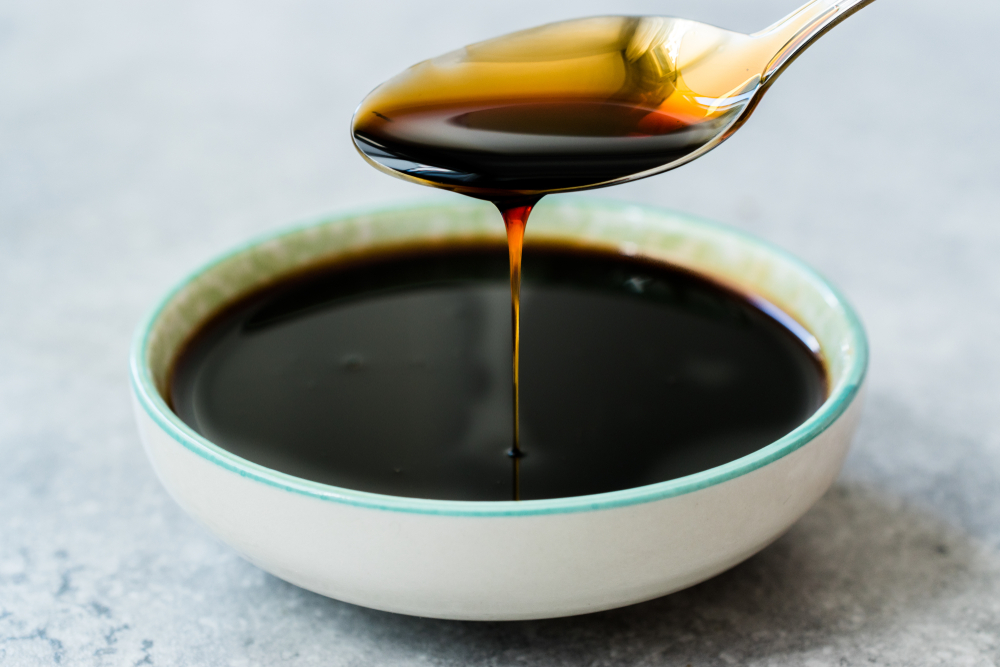
Blackstrap molasses is a byproduct of sugarcane processing and is surprisingly rich in calcium. One tablespoon contains about 200 milligrams of calcium, which is quite high for a sweetener. In addition to calcium, blackstrap molasses provides iron, potassium, and magnesium, making it a nutrient-dense alternative to regular sugar or honey. It can be used in baking, added to oatmeal, or even stirred into warm water for a unique health drink. Its robust, slightly bitter flavor adds depth to both sweet and savory dishes. Blackstrap molasses is an unexpected but effective way to boost calcium intake.
Amaranth
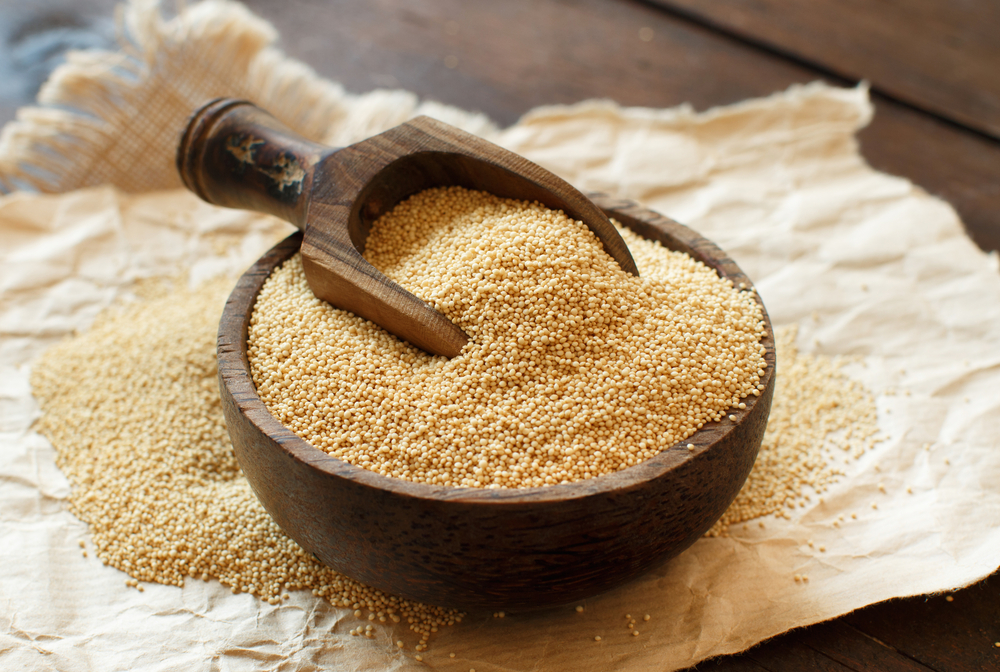
Amaranth is an ancient grain that is packed with calcium, providing around 116 milligrams per cooked cup. It’s also rich in protein and fiber, making it a great option for those following gluten-free diets. Amaranth can be used in a variety of dishes, from porridge to salads, and can even be popped like popcorn for a crunchy snack. Its high calcium content makes it particularly beneficial for those looking to support bone health without consuming dairy. Additionally, amaranth contains important micronutrients like magnesium and phosphorus, which further contribute to bone strength.
Oranges
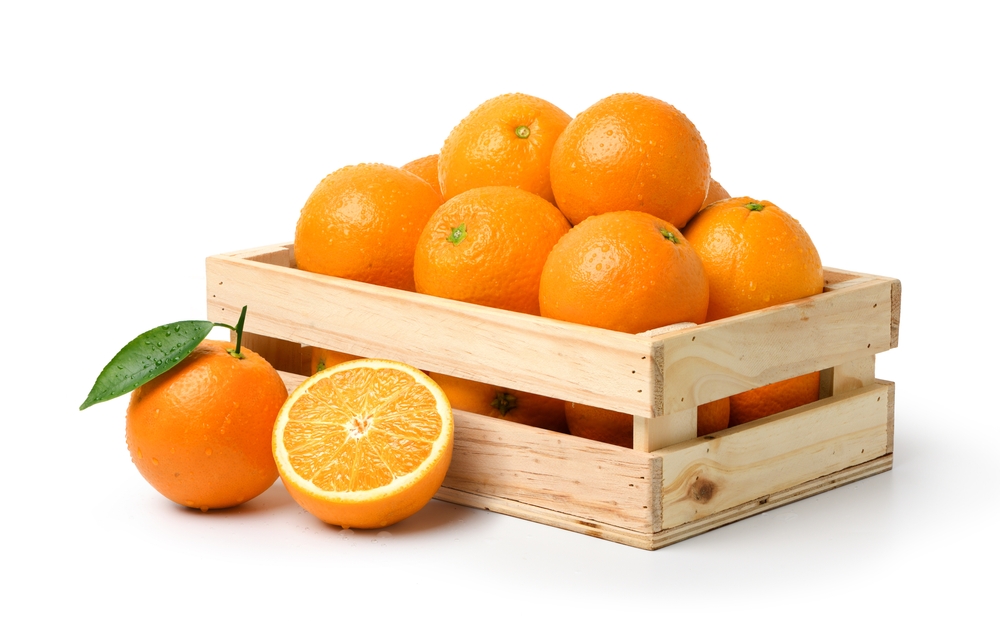
While oranges are commonly known for their high vitamin C content, they also contain calcium. A medium orange provides about 60 milligrams of calcium, and fortified orange juice can contain even more, often upwards of 300 milligrams per cup. This makes orange juice one of the most convenient ways to boost calcium intake, particularly in the morning. Oranges are also full of antioxidants and fiber, supporting overall health. Consuming oranges or their juice regularly can contribute to improved immune function and bone health. Plus, their sweet, tangy flavor makes them a delightful addition to meals.
Seaweed
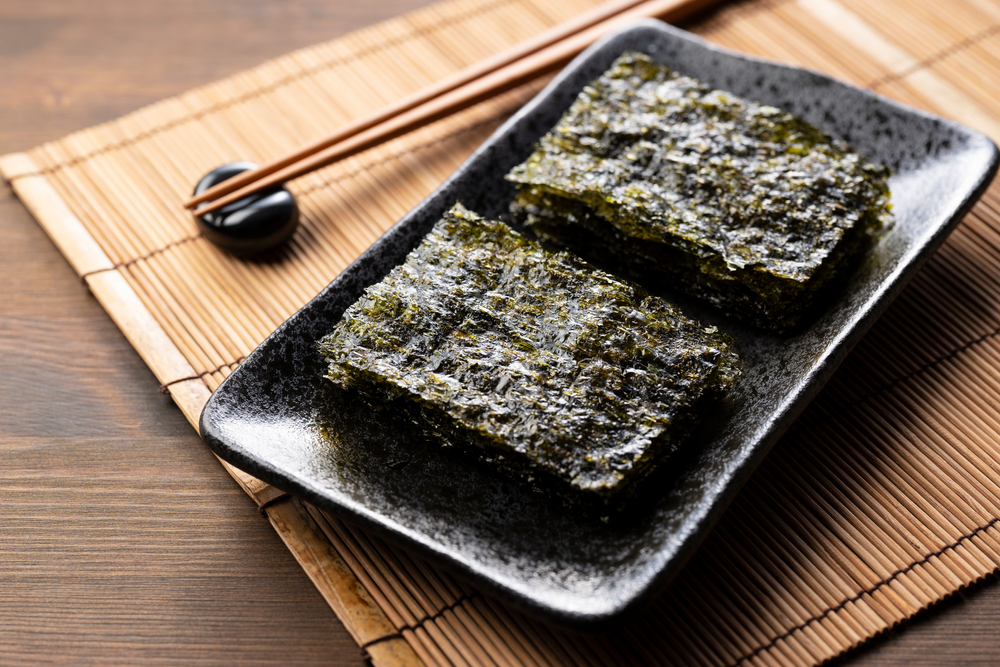
Seaweed, especially varieties like wakame and kelp, is an excellent source of calcium. A cup of raw wakame seaweed provides about 126 milligrams of calcium. In addition to calcium, seaweed is rich in iodine, which is essential for thyroid health. Seaweed can be enjoyed in salads, soups, or sushi rolls, adding a unique umami flavor and numerous health benefits. It’s also packed with fiber, aiding digestion and promoting gut health. For those following a plant-based diet, seaweed is a nutrient-dense option that can help meet calcium needs.
Rhubarb
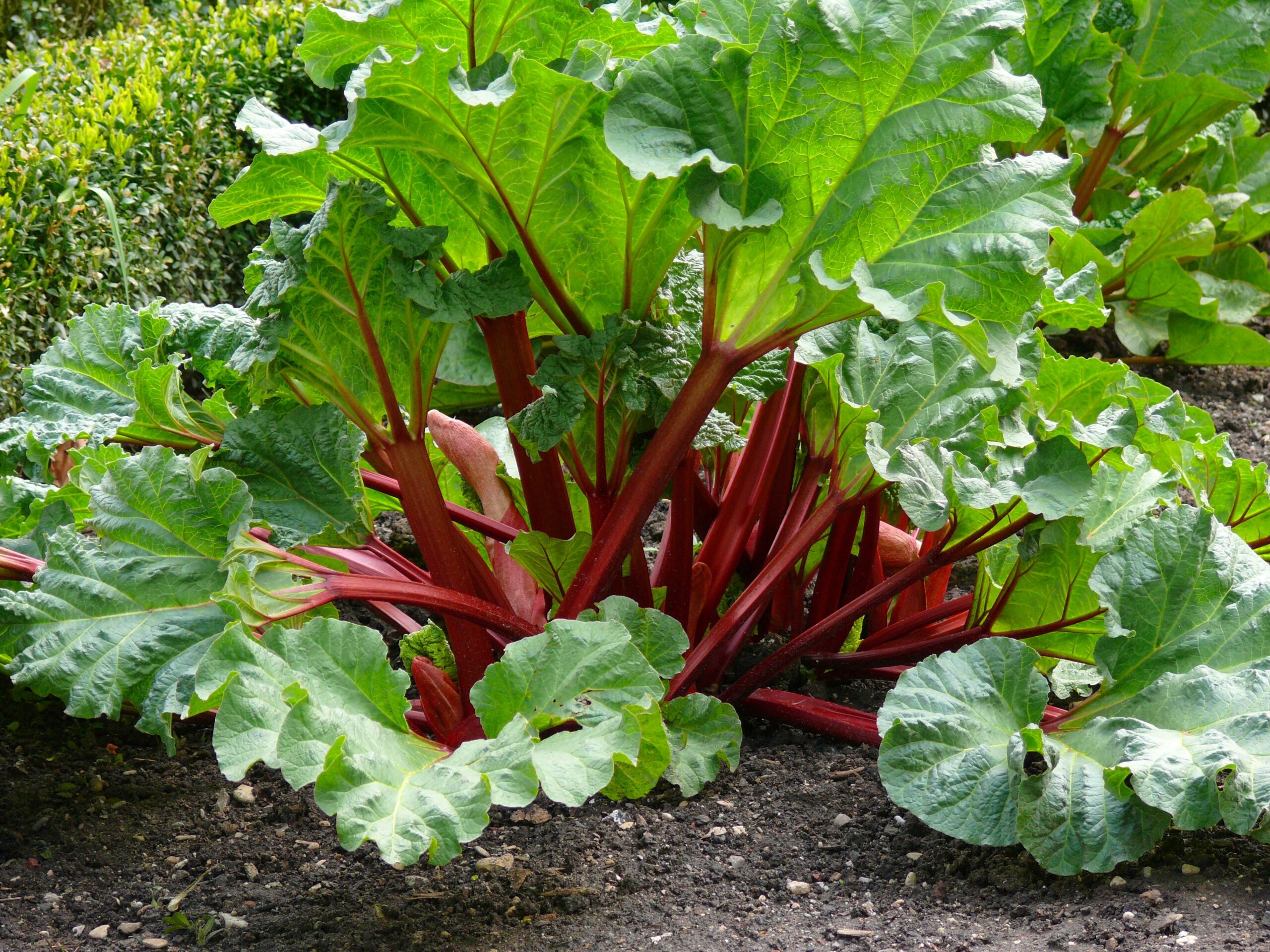
Rhubarb, while best known for its tart flavor, is an unexpected source of calcium. A cup of cooked rhubarb contains around 348 milligrams of calcium, making it a great choice for those looking to boost their intake. In addition to calcium, rhubarb is high in fiber, which helps promote healthy digestion. It’s often used in pies, crumbles, and jams, but it can also be incorporated into savory dishes for a unique flavor. Rhubarb also provides vitamin K, which is important for blood clotting and bone health. Despite its natural tartness, when sweetened, rhubarb can be a delicious addition to any diet.
Tahini
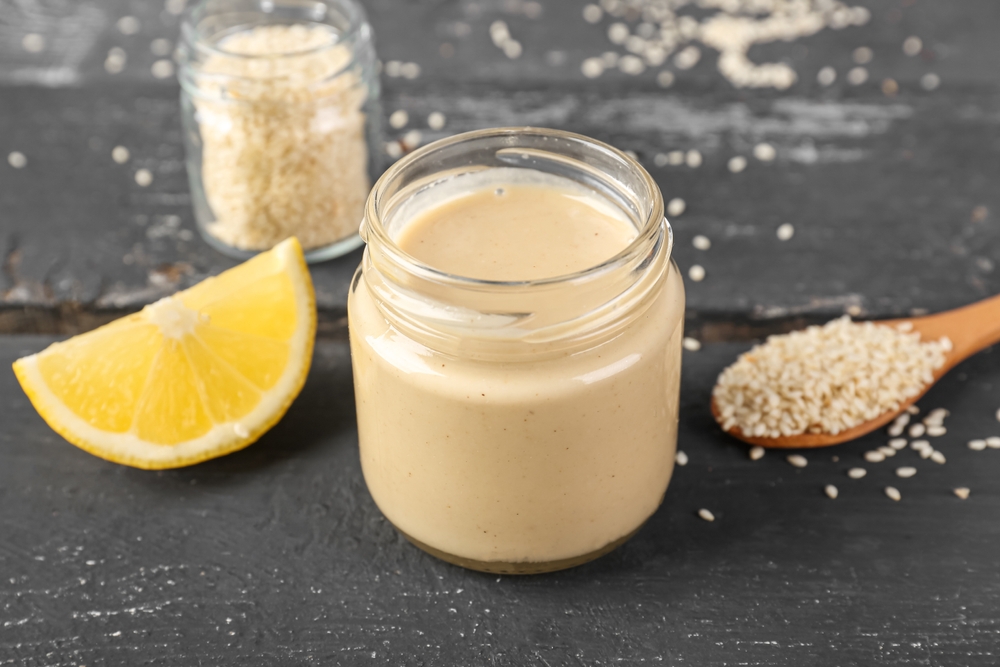
Tahini, made from ground sesame seeds, is a creamy paste that is rich in calcium. Two tablespoons of tahini can provide around 130 milligrams of calcium. In addition to calcium, tahini is also a good source of healthy fats, protein, and other minerals like magnesium and iron. It’s commonly used in Middle Eastern cuisine, particularly in hummus and dressings, adding a nutty, rich flavor. Tahini can also be spread on toast or mixed into smoothies for a nutritious boost. Its versatility makes it an easy way to add more calcium to your diet.
Okra

Okra, a popular vegetable in Southern cuisine, is another non-dairy food rich in calcium. One cup of cooked okra contains about 123 milligrams of calcium. It’s also high in fiber, which aids in digestion, and provides vitamins C and K. Okra can be eaten in many forms, from fried to roasted, or added to stews like gumbo. Its unique texture, often described as slightly slimy, can be reduced by cooking methods like roasting or frying. Okra’s nutrient content makes it a valuable food for supporting bone health and overall nutrition.
This article originally appeared on RetailShout.
More From RetailShout
17 Best Trader Joe`s Teas

Trader Joe’s is known for offering an amazing selection of teas that cater to different tastes. Whether you enjoy herbal blends, classic black teas, or something a little more unique, they’ve got something for everyone. The best part is that their teas are affordable and full of flavor, making it easy to find your perfect cup. Read More.
15 Top Bakery Items You Can`t Miss at Aldi
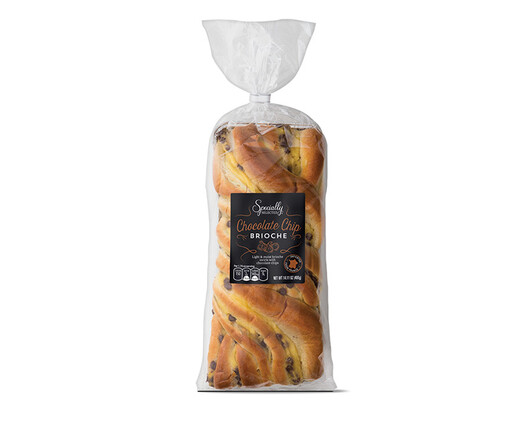
Aldi’s bakery section is a hidden gem for anyone who loves freshly baked goods at unbeatable prices. Whether you’re craving soft pastries, crunchy breads, or sweet desserts, Aldi offers a variety of treats that cater to all tastes. The bakery items are not only delicious but also made with high-quality ingredients that make them taste even better than you’d expect. Read More.
15 Family Meal Planning Ideas
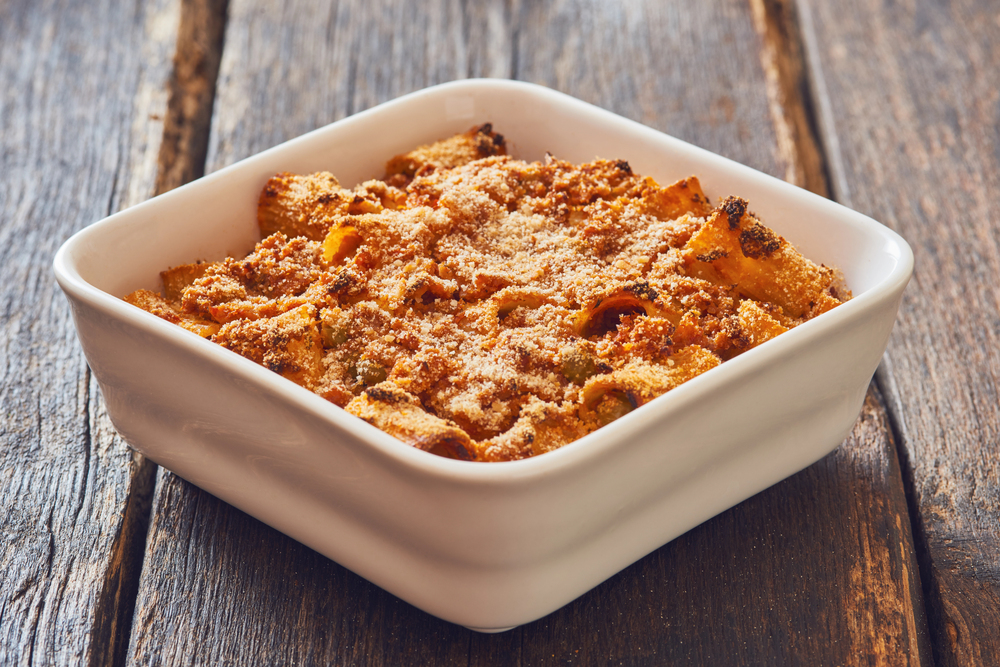
Planning family meals can be a challenge, but with the right recipes, you can create a week’s worth of delicious and balanced dinners that everyone will enjoy. These easy-to-follow recipes are packed with flavor and include everything from one-pot dishes to slow-cooker favorites. Read More.




